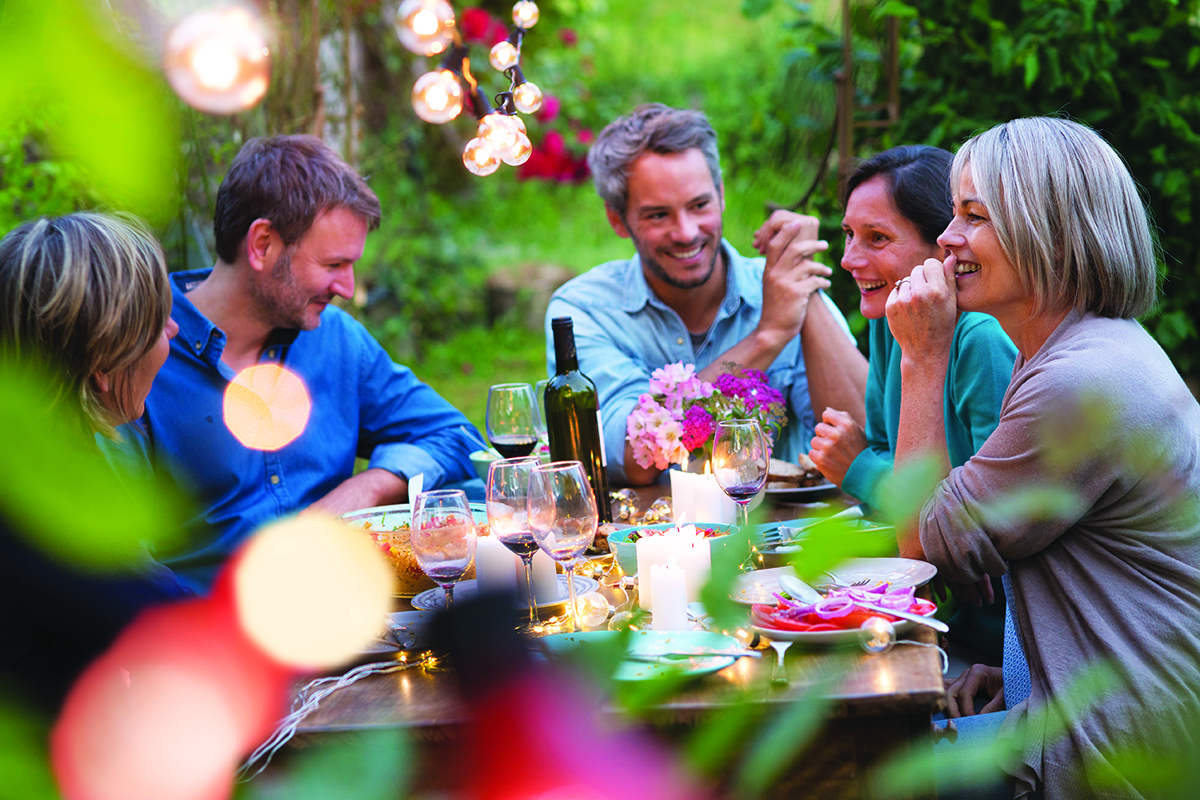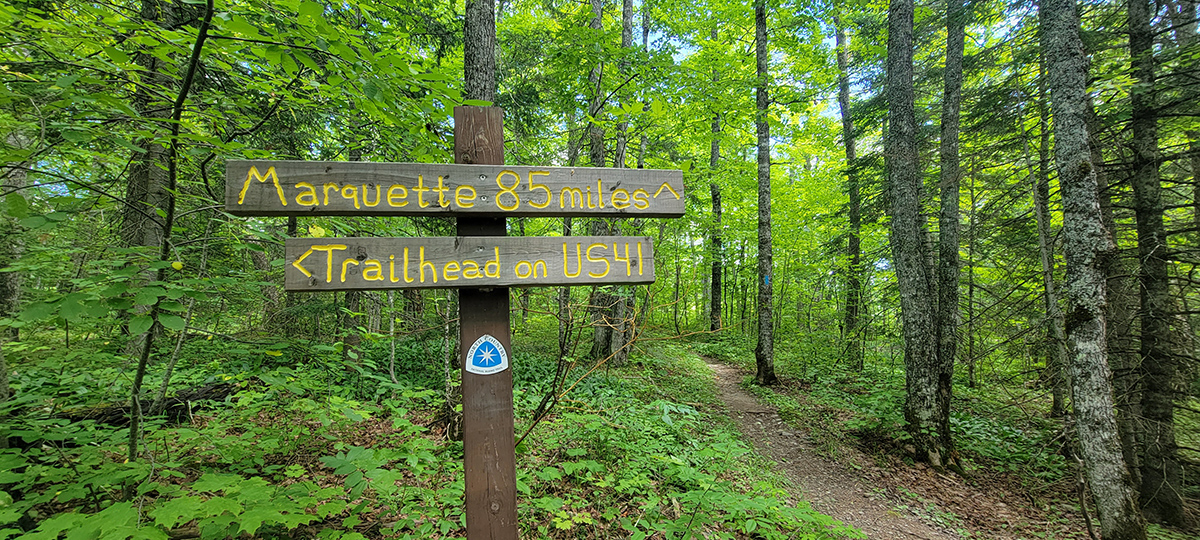WRITER | CANDIE CONAT
PHOTOS | MARANON CHOCOLATE
When it comes to wedding favors, I can’t think of anything more memorable than a gift that not only tastes delicious but also offers a story of resilience and survival.
How about chocolate that gets its start from white cacao beans that travel by people-power, burro, motorcycle, and boat from Peru to Switzerland; chocolate that is sold by only a handful of approved premier chocolatiers around the United States, with only one located in the state of Michigan?
Pure Nacional cacao beans were first discovered in Ecuador as early as the 1600s. During that time, Pure Nacional was regarded as the chocolate of royalty. It offered a smooth, velvety texture with unique fruit and floral notes that made the palate sing. Tragically, in 1916, disease wiped out what were believed to be the only Pure Nacional trees in existence.
That all changed in 2007 when Dan Pearson and Brian Horsley discovered cacao trees growing on farms in the Marañón Canyon, deep in Peru. The trees bore football-shaped fruit containing an unusual mix of white and purple beans. Not sure what they had stumbled upon, Pearson and Horsley decided to send samples to the US Department of Agriculture for genetic testing. The trees they found were Pure Nacional trees long thought to be extinct. The 6,000-foot Marañón Canyon creates a unique microclimate for the trees and, in part, gives the cacao its special flavors.
What’s so unusual about these cacao trees? Unlike most cacao tree pods that produce purple beans, the Pure Nacional cacao bear 40 percent rare white beans. White cacao beans lack the usual bitterness and normal acidity of purple cacao. The chocolate created from this cacao is so naturally smooth and flavorful, no additional flavoring, like the customary vanilla, is needed.
Pearson and Horsley founded Marañón Chocolate and began to process the rare Pure Nacional beans, calling their new chocolate Fortunato No. 4, named after Don Fortunato, the farmer who owned the property where the “mother tree” was found. This tree possesses the DNA identical to the genetic marker for Pure Nacional found in the world genetic database.
Local farmers and representatives from Marañón Chocolate work together to harvest the beans by hand. Farmers are paid better than fair market price, in cash, on the spot. The beans are then transported to a town several hours away and fermented, then roasted. They travel to Lima and then on to Switzerland, where they are processed and made into three varieties of couverture (very high-quality chocolate): 47 percent (dark milk), 68 percent (dark), and 100 percent for the specially designated chocolatiers to use in creating their otherworldly treats.
Closer to home, Patricia’s Chocolates in Grand Haven is the only chocolatier in Michigan approved to sell Fortunato No. 4. They offer an assortment of these treats, one of which is the 68 percent Fortunato No. 4 ganache, decorated with a red heart. Not surprisingly, it is the most popular chocolate in their shop, according to Patricia Christoper, the owner. The packaging proudly states, “The rarest chocolate in the world.”
With a history like this, it could easily be said that when you hold Fortunato No. 4 in your hand, it feels like you’re holding a small brick of gold. Surely, your guests will feel that, too.








